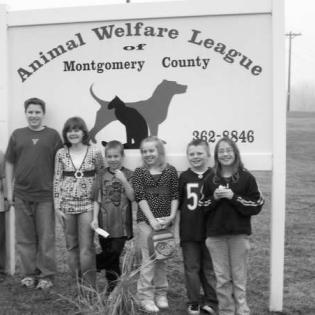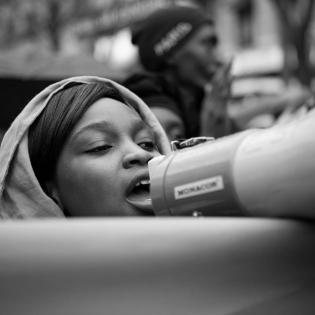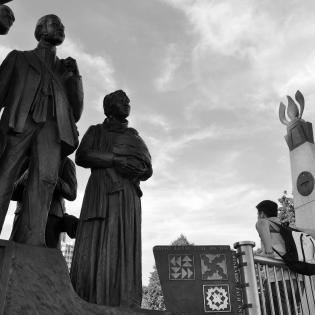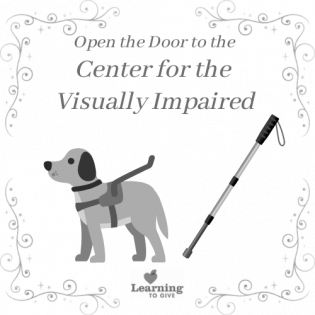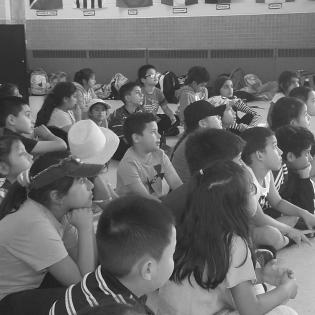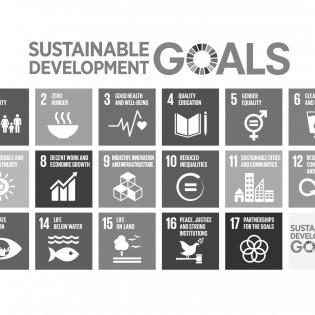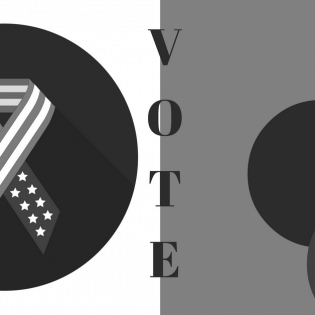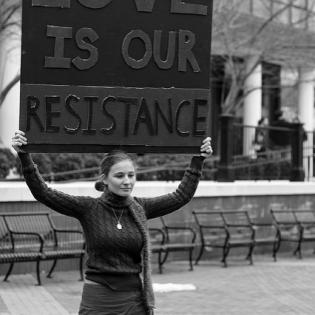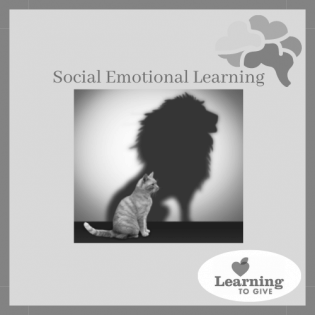This toolkit guides youth, educators, group leaders, families, and community groups as they investigate the issue of advocacy for animals and prepare to take action. Contents:
Filter by subjects:
Filter by grades:
Filter by audience:
Filter by issue area:
Filter by content type:
Filter by resource type:
resource search
Women around the world face challenges at all levels of income, education, global development, and age. While the world is slowly becoming more accepting of gender being a spectrum of expression and identity, anyone not clearly defined frequently faces judgment, discrimination, hate, even violence for embracing their true self in a world that doesn’t understand or tolerate ambiguity. This toolkit provides information, advocacy tools, lessons, and project ideas to help young people take action to change the worldview of gender and demand equity.
The activities described here are linked at the bottom of this page to help learners get to know their community and the resources there. They also help students take action to address a need and then reflect on the service-learning process.
Open the door to the center for the blind and visually impaired and find out how advocates for people who are blind make your community a better place. People who are blind or visually impaired are just like sighted people. The best thing we can do is seek to understand how to communicate and be respectful of their abilities and interests. Learn about this organization and how you can help.
In spite of the diverse roots that make up our country, some immigrants who come for opportunity and refugees who are forced to leave their homes are treated with disrespect or even cruelty. Young people have the opportunity to speak up and raise awareness of the beauty of diversity and value of embracing people of all backgrounds and situations. This toolkit guides youth, educators, group leaders, families, and community groups as they investigate the issue of immigration and refugees and prepare to take action.
This toolkit guides youth, educators, group leaders, families, and community groups as they investigate the issue of global issues and prepare to take action.
Contents:
One of the fundamental purposes for education is to prepare youth for responsible citizenship. This includes caring for others and the common good, understanding how government and voting work, following current events, listening to diverse points of view and having civil conversations, and advocating for a cause. This toolkit includes background information and project ideas related to civic participation.
While no two persons are the same, this can unite us rather than divide us. As citizens of a fair and just society, we have the ability to take big and small actions to help us create a more equitable world. This toolkit links to background information, activities and resources, and project ideas related to equity and advocacy.
by D'Ann Roher with edits by Brea Reimer
Definition
Biodiversity is the number and variety of living organisms within a specific geographical region. These organisms work together to create a thriving and productive ecosystem.
Courageous Conversations about social justice are an Everyday SEL practice. These prompts can be used to facilitate conversations that aim to build empathy and connection by inviting participants to speak and listen from the heart. Courageous Conversations take place after a stimulus, such as a video or image, is introduced. A stimulus is used to build background and stimulate thinking and discussion.
